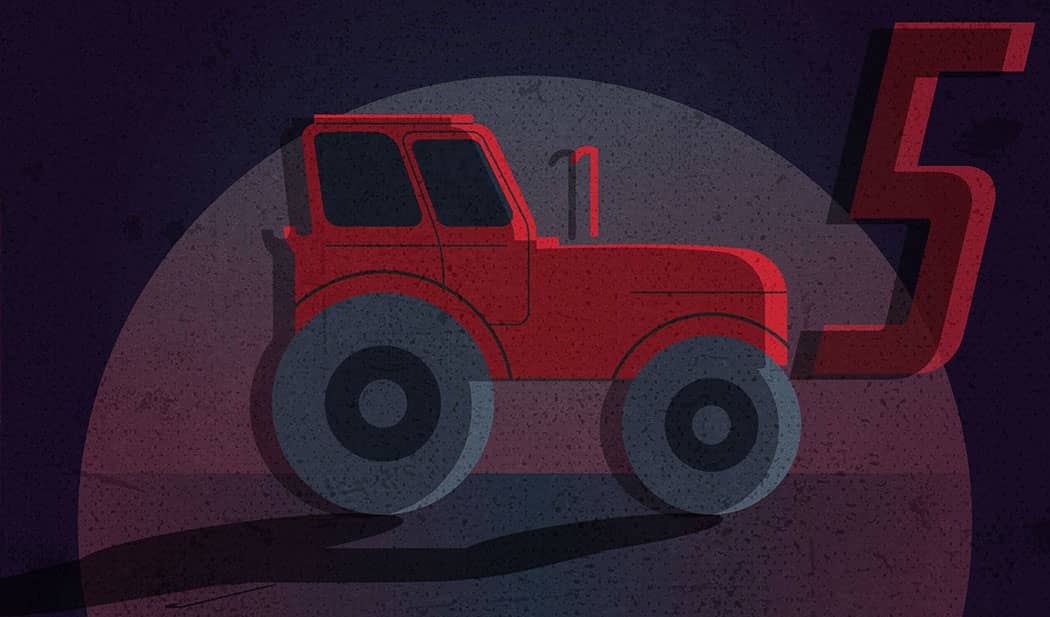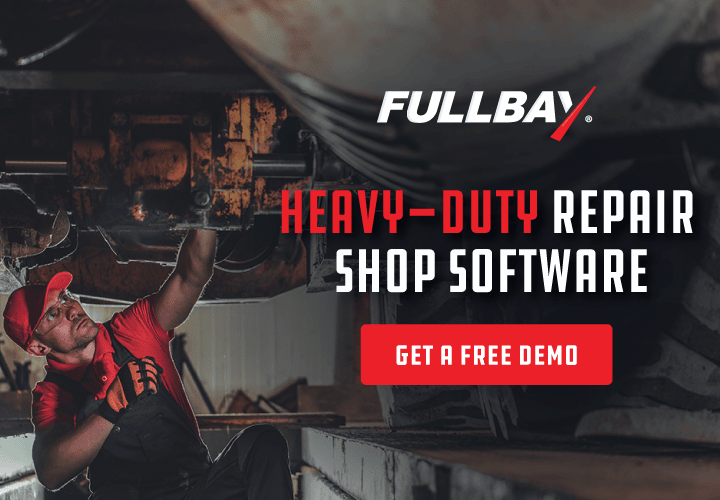What Are Class 5 Trucks?

Ask a toddler, and they’ll call any vehicle bigger than a sedan a truck.
Fire truck, dump truck, pickup truck—according to toddlers, a truck’s a truck. Or, in their words, a “twuck.”
In reality, trucks are divided into 9 separate classes based on gross vehicle weight rating (GVWR). Each class contains a variety of trucks with special uses that share certain distinct features. Each class also requires unique safety procedures and maintenance requirements.
As part of our ongoing series to explore the world of truck classifications, today we’re diving into Class 5 trucks—the median point between commercial and non-commercial vehicles. Then you can drop some knowledge when you want to one-up a toddler who points at a cherry picker and calls it a “twuck.”
Defining Class 5 Trucks
Truck classes are defined (mostly) by gross vehicle weight rating (GVWR), which helps in understanding the capacity and usage of various types of trucks. In short, GVWR accounts for the weight of the vehicle along with the weight of cargo, passengers, and fuel.
Class 5 trucks have a GVWR of 15,001 to 19,500 lbs, placing them smack-dab in the middle of the “medium-duty” category. While there are a handful of civilian pickups this large (such as Ford’s F-550), most of these are used for commercial purposes. This includes bucket trucks, cherry pickers, as well as larger walk-ins and delivery trucks.
One class lower (Class 4 trucks) and you’re in the territory of box trucks and small delivery trucks. One class higher (Class 6 trucks) and we’re talking single-axle trucks and school buses.
Types and Uses of Class 5 Trucks
While there are some pickups on the civilian market available (you know, the ones that require a step stool to reach the door), you’ll find that Class 5 trucks are generally for commercial use. They’re large enough to carry a substantial payload but small enough to navigate narrow and crowded urban streets, making for a functional middle ground between vanity pickups and large tractor trailers.
There’s a lot of crossover between Class 5 and Class 6 trucks, so it generally comes down to size, weight, and cargo. The most common Class 5 trucks you might encounter include:
Agricultural Equipment
You’ll find a lot of AG equipment falls under Class 5 (or Class 6), including livestock trucks, feed trucks, and water trucks. Farms might also use Class 5 flatbeds, smaller dump trucks, and refrigerated trucks for transportation and storage.
Bucket Trucks (aka Cherry Pickers)
Your local electric company probably has bucketloads of bucket trucks in their inventory. The weight of the truck is necessary as a sturdy counter-weight to stabilize the extension of the payload well outside the center of gravity.
Hazardous Material Transportation
Transporting hazardous materials means there’s a higher consequence in the case of an accident or spill. From Class 5 and up, the trucks are sturdy enough to disregard weight distribution fluctuations and move those hazardous materials safely. Light trucks generally lack the weight and stability to do the same.
Licensing and Regulations
Do you need a commercial driver’s license (CDL) to drive a Class 5 truck? We can answer that question with a confident, “probably not, but maybe.”
If you’re asking about your Ford F-550, then no. You just need the standard driver’s license for any personal use vehicles in the Class 5 category.
But for commercial use, there’s a lot of variety in the Class 5 truck category—so there’s a lot of variety in the licensing and regulation part of it, too. Generally speaking, you don’t need a CDL to drive a Class 5 commercial truck, but it varies by state and use.
A CDL or certain endorsements may be required based on the specific vehicle and what it is being used for, such as transporting hazardous materials or towing heavy loads. Check with your state to figure out what you’re responsible for.
Even if a CDL isn’t strictly required, it’s essential to make sure the driver has proper experience not only in maneuvering larger vehicles but also in handling the specific types of loads they carry. Safety considerations include understanding the vehicle’s blind spots, load distribution, and the specific handling characteristics that come with different cargo types.
Maintenance and Operational Challenges
When it comes to maintenance, Class 5 trucks have a lot of power and mass—meaning they can cause some serious harm if things go wrong. This is especially true if they’re being leveraged to carry heavy and/or hazardous materials.
The double whammy is that those heavy and/or hazardous loads can also increase the wear and tear on those trucks. As with any type of medium or heavy-duty truck, shops and fleets should be vigilant about staying on top of routine inspections and preventive maintenance.
The exact maintenance needs to look out for will depend on the vehicle. AG equipment, for example, is more likely to get damaged or clogged up with mud, plant matter, or “presents” left behind by livestock. Bucket trucks, on the other hand, will be more reliant on functional hydraulics and stabilizers that allow operators to safely lift and maneuver the boom.
Class 5 Twuck Repair Made So Easy, a Toddler Could Do It
That’s a joke. Toddlers can’t (and shouldn’t) perform the repairs your skilled technicians do on a daily basis. Please don’t let any toddlers crawl under trucks of any class.
But the right software can help your (adult) techs stay on top of their game and focus on the repair. With guided service order workflows, labor time guides, wiring diagrams, and so much more, Fullbay opens up a whole new world of productivity for technicians.
We’ll also take care of the boring parts, like inventory, repair status, tracking PMs, reporting, and invoicing. Our software was literally made to help independent repair shops and fleet managers with this stuff. See for yourself in a free guided tour of the Fullbay platform!

